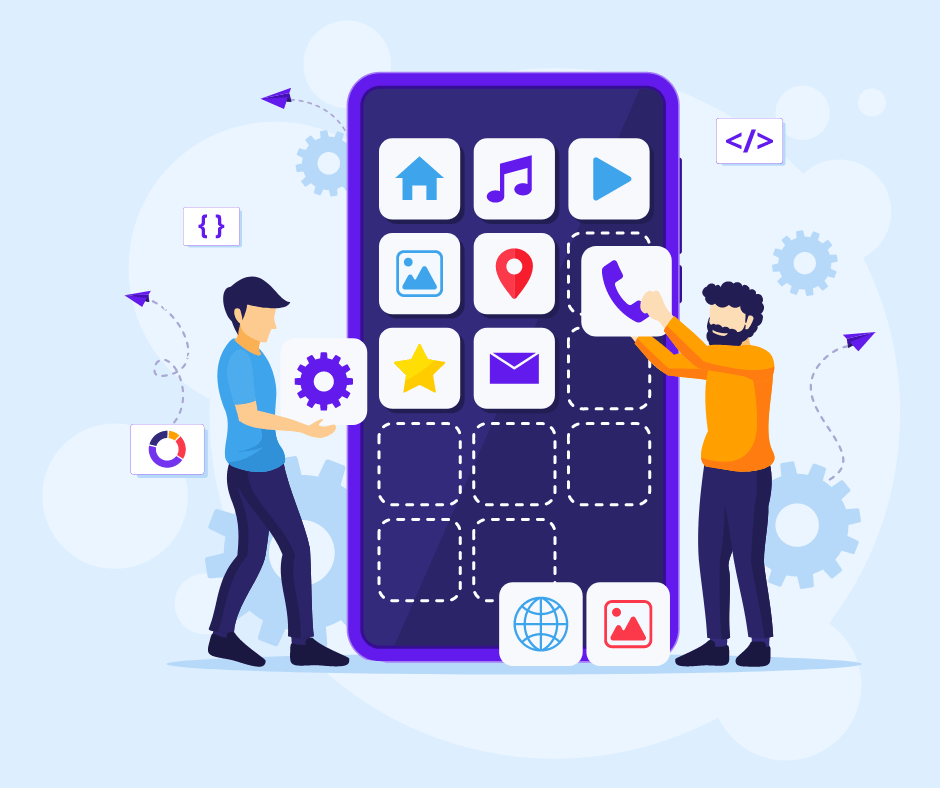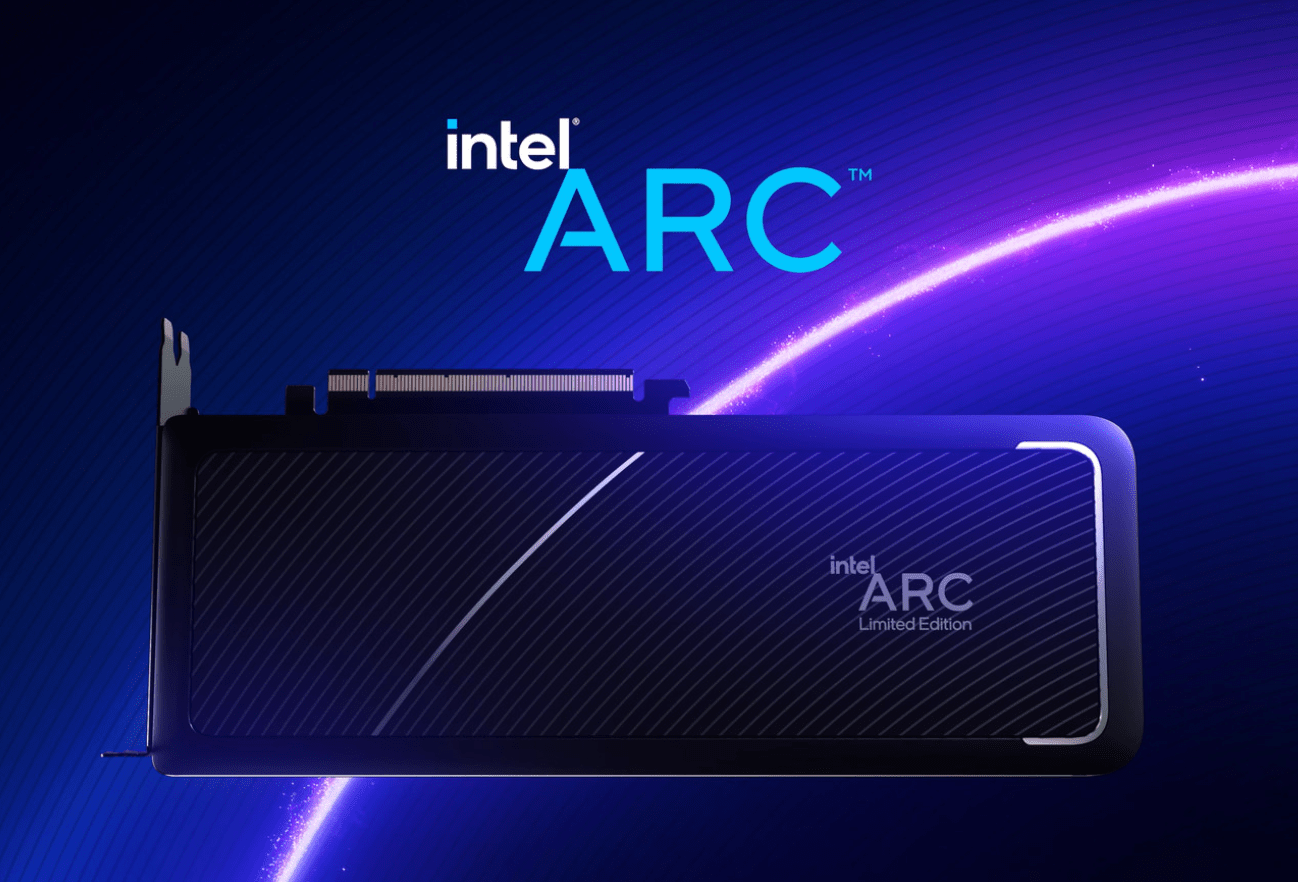Introduction
In the ever-evolving landscape of mobile app development, the demand for real-time communication has become paramount. Users expect applications to provide seamless and instant interactions. One effective way to achieve this is by implementing WebSocket technology. This blog will delve into the world of real-time communication in Android apps, exploring the benefits and steps to integrate WebSockets for a more engaging user experience.
What Is The WebSockets
WebSockets represent a communication protocol that enables bidirectional, real-time communication between clients and servers. Unlike traditional HTTP connections, WebSockets offer a persistent connection, reducing latency and facilitating instantaneous data exchange. In Android app development, integrating WebSockets allows for live updates, chat functionalities, and dynamic content delivery.
The Advantages of Real-Time Communication
Implementing real-time communication in Android apps brings several advantages. Users can enjoy live updates without the need to constantly refresh the application. This is particularly beneficial for messaging apps, collaboration tools, and applications requiring live data synchronization. Additionally, real-time features enhance user engagement and satisfaction, leading to a more immersive app experience.
Implementing WebSockets in Android Apps
Library Integration: To implement WebSockets in Android, developers can leverage libraries such as “OkHttp” or “Autobahn Android.” These libraries simplify the WebSocket integration process, providing convenient methods for establishing connections, sending, and receiving data.
Connection Establishment: The first step is to establish a WebSocket connection between the Android app and the server. This typically involves creating a WebSocket instance, defining the server’s URL, and implementing callback methods for connection events.
Message Handling: Once the connection is established, developers need to handle incoming and outgoing messages efficiently. This involves defining protocols for data exchange and implementing logic to process messages on both the client and server sides.
Error Handling and Reconnection: Robust error handling mechanisms should be in place to manage connection issues gracefully. Additionally, developers should implement reconnection strategies to ensure a persistent and reliable WebSocket connection.
Utilizing Android App Development Services
To streamline the implementation of WebSockets in Android apps, developers can leverage Android app development services. These services offer expertise in creating feature-rich, high-performance applications. By collaborating with experienced professionals, developers can ensure the seamless integration of real-time communication features, including WebSockets, into their Android applications.
Conclusion
In conclusion, incorporating WebSockets into Android apps is a game-changer for real-time communication. Users today expect applications to provide not only dynamic content but also instantaneous updates. By embracing WebSocket technology and, when needed, seeking assistance from Android app development services, developers can deliver a more interactive and engaging user experience, setting their applications apart in the competitive mobile landscape.






